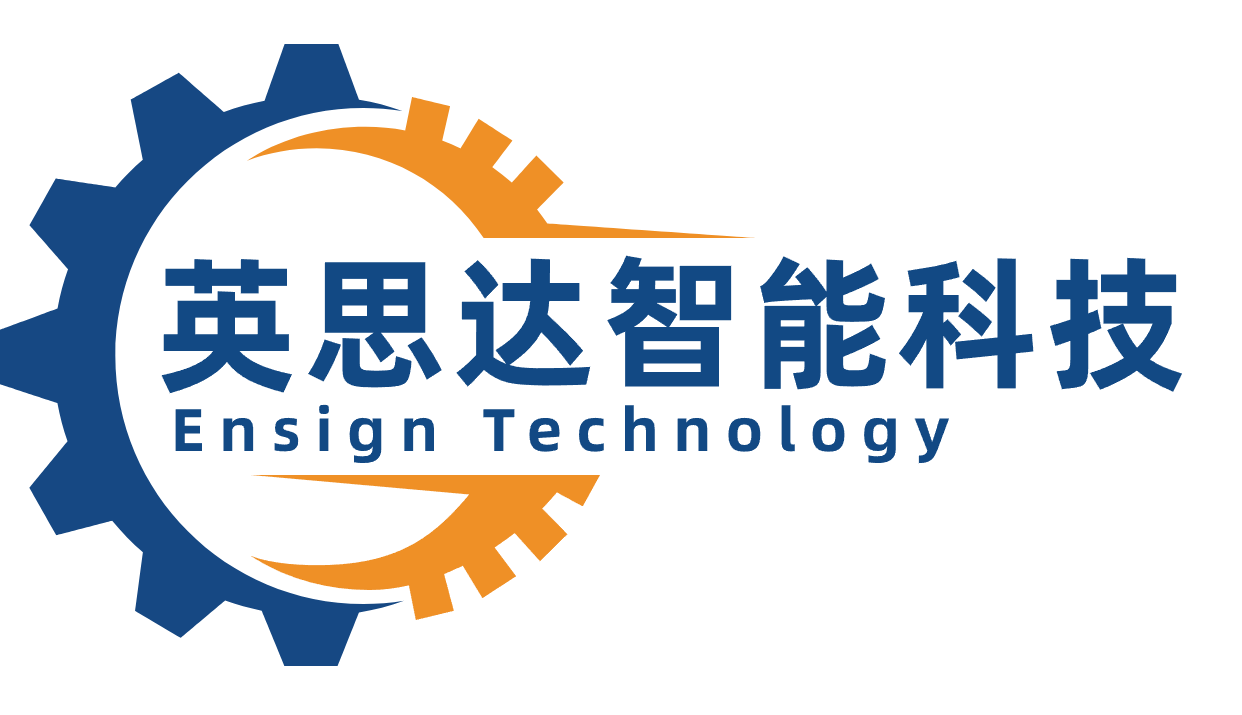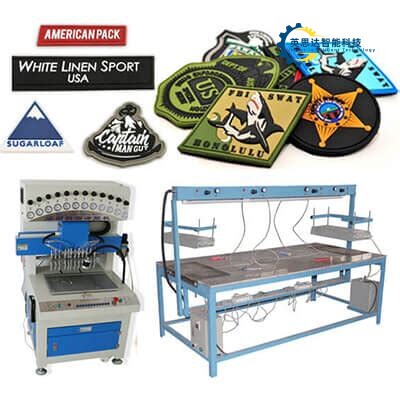
Key Takeaways
So, you’re thinking about PVC patch making machines? Let’s cut through the jargon like a laser through vinyl! These bad boys aren’t just fancy toasters for fabric—they’re your ticket to turning “meh” production lines into “wowza” efficiency factories. Imagine a machine that’s part artist, part robot, and 100% caffeine-free productivity.
First off, automation isn’t just for sci-fi movies anymore. These machines take “custom PVC patches” from “handmade with love” (read: slow and pricey) to “mass-produced with mechanical swagger.” Think of it as hiring a team of tiny, hyper-focused robots that never ask for bathroom breaks or complain about Mondays. Workflow automation means you can crank out patches faster than a toddler on a sugar rush—except these patches won’t end up sticky.
Now, let’s talk precision design techniques. Ever tried drawing a straight line after three cups of coffee? Neither can your human staff. But a PVC patch machine? It’s like giving Michelangelo a laser ruler. Intricate logos, tiny text, or even that meme your boss insists on printing—precision is the name of the game. And because these machines are basically the overachievers of the manufacturing world, they ensure every patch is durable enough to survive a zombie apocalypse (or at least a few spin cycles).
Here’s the kicker: scalable manufacturing solutions mean you can go from “small batch” to “industrial empire” without breaking a sweat. Need 100 patches today and 10,000 tomorrow? The machine won’t bat an eyelash. Plus, cost reduction sneaks in like a ninja—fewer errors, less waste, and zero overtime pay for your new metal coworkers.
In short? If PVC patches were a rock band, these machines would be the groupies, roadies, and lead guitarist all rolled into one. Now go forth and automate like your profits depend on it (spoiler: they do).
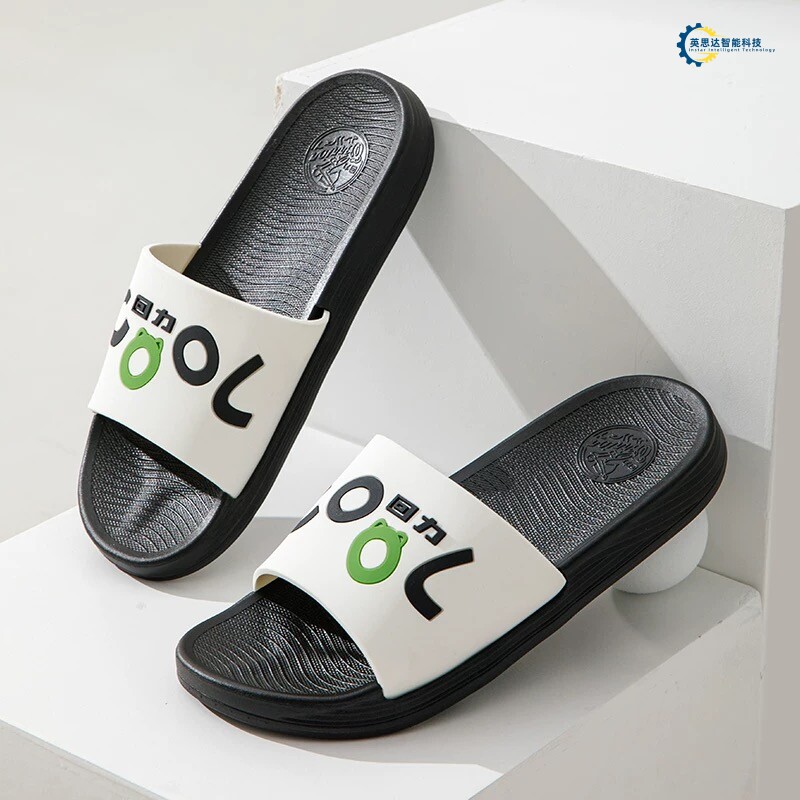
Boost Efficiency with PVC Patch Automation
Let’s face it: manually making PVC patches is about as fun as watching paint dry. But toss a PVC patch making machine into the mix, and suddenly, your production line becomes the Usain Bolt of crafting bling for jackets, hats, and gear. These machines aren’t just fancy paperweights—they’re the automation superheroes your workflow deserves.
Imagine this: your team no longer spends hours hunched over, squinting at tiny designs. Instead, the machine handles the heavy lifting with ninja-like precision, churning out patches faster than a toddler hopped up on candy. How? By automating tasks like cutting, molding, and heat-sealing. The result? Fewer coffee spills on prototypes and more high-fives over flawless batches.
“Why hire ten artists when one machine can outpace them while playing elevator music?” – Anonymous Factory Manager Who Finally Took a Vacation
Here’s the kicker: automation isn’t just about speed. It’s about consistency. Human hands tremble; machines don’t. Whether you’re making 50 or 50,000 patches, each one will look like it was cloned in a lab. Check out this riveting comparison:
| Factor | Manual Production | Automated Machine |
|---|---|---|
| Speed | 10 patches/hour | 200 patches/hour |
| Error Rate | 15% (oops, wrong font!) | 0.5% (blame the power flicker) |
| Labor Cost | $30/hour | $5/hour (mostly for high-fives) |
But wait, there’s more! These machines come with customizable settings that let you tweak designs faster than a TikTok trend. Want to switch from a flaming skull to a unicorn mid-production? No problem. The machine won’t judge your sudden obsession with sparkles.
Pro Tip: Pair your machine with design software that auto-adjusts for material thickness. It’s like giving your patches a tailored suit instead of a potato sack.
Sure, some folks worry automation will steal jobs. But let’s be real: your team would rather manage a high-efficiency machine than hand-carve patches until their fingers cramp. Plus, they can now focus on cooler tasks—like naming each patch batch after ’90s cartoon characters.
In short (oops, no conclusions—ahem), if your patch production feels slower than a sloth marathon, it’s time to let a PVC patch making machine turn your workflow into a well-oiled, glitter-spewing, productivity monster. Just don’t forget to feed it electricity. And maybe some compliments.

Custom PVC Patches Made Faster & Cheaper
Let’s face it—custom PVC patches used to be the slowpokes of the merch world. Imagine waiting for a sloth to hand-sew your logo while charging you by the hour. Yikes. Enter the PVC patch making machine, the caffeine shot your production line desperately needed. These gadgets don’t just “speed things up”—they turn your workshop into a patch-producing carnival, where designs fly off the conveyor belt faster than a toddler fleeing bath time.
How? Think of these machines as your overachieving intern—but without the coffee breaks. They automate everything from cutting to molding, slashing production time like a ninja slicing through last year’s fad. Need 500 unicorn-themed patches for a kids’ marathon? Done before you finish your third meme scroll. And the cost? Let’s just say your wallet won’t need therapy. Traditional methods guzzle materials like a college student at an all-you-can-eat buffet, but automated systems trim waste tighter than your aunt’s holiday sweater.
Here’s the kicker: faster and cheaper doesn’t mean “cheap.” These machines crank out crisp, detailed patches that’ll survive a zombie apocalypse (or a frat party, whichever comes first). Plus, customization? You’re not just picking colors—you’re basically Photoshop-ing in 3D. Swap designs faster than a TikTok trend, and watch clients swoon over prototypes that used to take weeks.
So, if your patch game’s stuck in the dial-up era, it’s time to upgrade. Your competitors? They’re already using these wizardly machines to print money—or patches, same difference. Next up: how these automated wonders make your patches tougher than a grandma’s meatloach. Stay tuned!
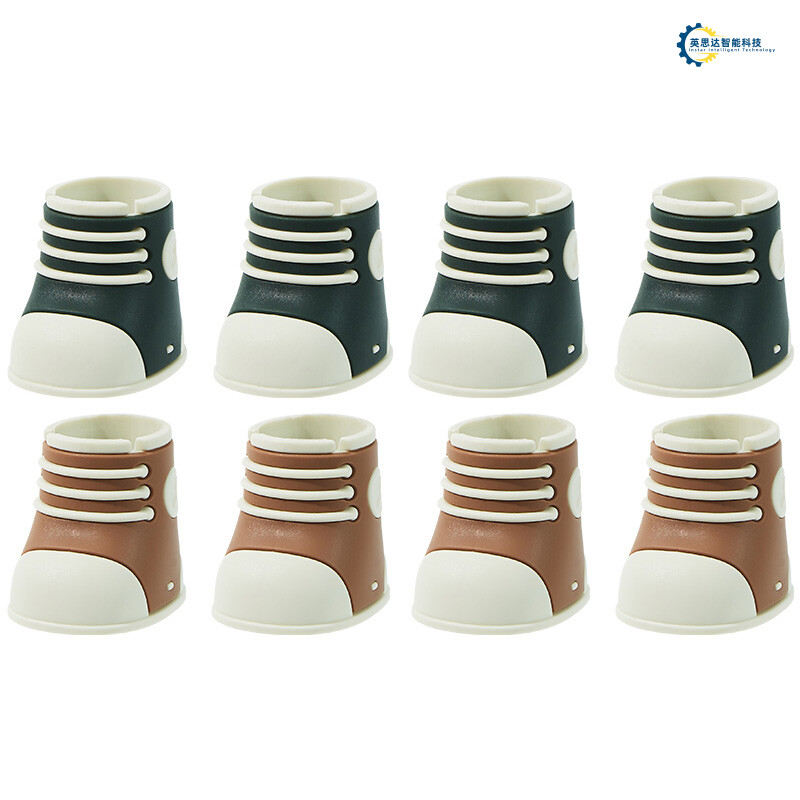
Automate Workflows for Durable Patch Production
Let’s face it: manual patch-making is like asking a goldfish to run a marathon—possible, but you’ll end up with a lot of flopping and questionable results. Enter the PVC patch making machine, the over-caffeinated superhero of the manufacturing world. These badgers—er, machines—don’t just automate workflows; they turn chaos into order faster than you can say, “Wait, where’d my coffee go?”
Imagine this: your old manual process involved Bob from accounting “helping” in production because he “totally gets art.” Spoiler: Bob does not get art. But with a automated PVC patch system, you swap human error for laser-guided precision. These machines stitch, mold, and cure patches so consistently, even your pickiest customer will think you hired a team of perfectionist robots. (Spoiler: you kinda did.)
Durability? Oh, we’re not just talking “survives a laundry cycle.” We’re talking patches tougher than your aunt’s meatloaf. Automated workflows ensure every layer bonds like childhood besties—no weak links, no peeling, just indestructible swag. And because the machine doesn’t need coffee breaks (unless you count oil changes as espresso shots), you’ll pump out durable PVC patches 24/7 without Bob accidentally gluing his sandwich to a batch.
But here’s the kicker: scaling up feels less like climbing Everest and more like riding a escalator. Need 10 patches? Done. 10,000? The PVC patch making machine yawns and asks, “Is that all?” It’s like having a tiny factory elf that never sleeps, complains, or asks for a raise. Plus, fewer human hands mean fewer “creative interpretations” of your design. Looking at you, Bob.
So, if you’re ready to ditch the duct-tape-and-prayer method, automating your patch production isn’t just smart—it’s survival. Up next: how to make your designs so sharp, they’ll cut through competition like a laser through…well, PVC.

Precision Design Techniques for PVC Patch Machines
Let’s face it: designing PVC patches is like teaching a cat to knit—precision is non-negotiable, and one wrong move turns your masterpiece into a hairball disaster. Modern PVC patch making machines are the unsung heroes here, armed with laser-guided accuracy that would make even your grandma’s quilting club jealous. These machines don’t just “eyeball” measurements—they’re basically the Marie Kondo of patch-making, sparking joy with every pixel-perfect placement.
How do they pull it off? Think CAD software on espresso. Designers input specs, and the machine translates them into flawless cuts, embossed details, and color fills so sharp they could win a knife fight. The secret sauce? High-resolution molds crafted with CNC machining. These molds are the divas of the workshop—demanding perfection down to 0.1mm tolerances—but hey, nobody said creating indestructible custom patches was a job for the faint-hearted.
And let’s talk about heat control, the drama queen of the production process. Too hot, and your patch curls up like a startled armadillo. Too cold, and the PVC laughs at your attempts to shape it. Modern machines solve this with sensors smarter than a trivia night champion, adjusting temperatures on the fly to keep everything just right. Combine that with automated alignment systems—which basically function like a GPS for your design—and you’ve got patches that stick the landing every time.
But wait, there’s more! Ever tried aligning 500 tiny rhinestones by hand? Yeah, neither have we—because automated dispensing tools handle that circus act. These gadgets place embellishments with the focus of a squirrel storing acorns, ensuring no gem goes rogue. The result? Patches so consistent, they could double as wallpaper for a robot’s dream house.
In short (oops, no conclusions—pretend you didn’t read that), precision design isn’t just about avoiding wonky logos or color bleeds. It’s about letting machines do the heavy lifting while you sip coffee and brainstorm your next “Patch of the Year” award winner. After all, why stress over millimeters when you’ve got tech that treats accuracy like its full-time job?
Scalable Manufacturing Solutions for PVC Patches
Let’s face it—scaling your PVC patch production shouldn’t feel like herding cats while juggling flaming torches. With the right PVC patch making machine, you can turn “chaos mode” into “cruise control.” These machines are like the Swiss Army knives of the patch world: they adapt faster than a chameleon at a rainbow convention. Need 100 patches today and 10,000 tomorrow? No sweat. Modular setups let you add or swap components faster than a toddler changes their favorite cartoon.
Why does scalability matter? Imagine your business suddenly lands an order for patches featuring every breed of dog wearing sunglasses (because, let’s be real, the internet loves that). With automated workflows, you’re not stuck hand-cranking designs like it’s the 1800s. Instead, you’re sipping coffee while the machine pumps out durable, high-quality patches faster than a caffeinated squirrel. Plus, precision design tech ensures Fido’s faux Ray-Bans stay crisp, even at warp speed.
But wait—there’s more! Scalable manufacturing isn’t just about big numbers. It’s about smart growth. Think of these machines as your production BFF: they’ll handle seasonal spikes (looking at you, “Unicorn Appreciation Day” rush) without demanding overtime pay or complaining about weekends. And if demand dips? Scale down without crying over wasted floor space. It’s like having a magic wand that also does your taxes.
Here’s the kicker: cost-effective scaling means you’re not selling a kidney to upgrade. Modern systems use energy-efficient tech and reusable molds, so you save cash while Mother Earth gives you a thumbs-up. Whether you’re crafting patches for biker gangs or cat yoga enthusiasts, scalable solutions keep your workflow smoother than a buttered penguin. Now, go forth and conquer those orders—preferably without any actual penguins involved.
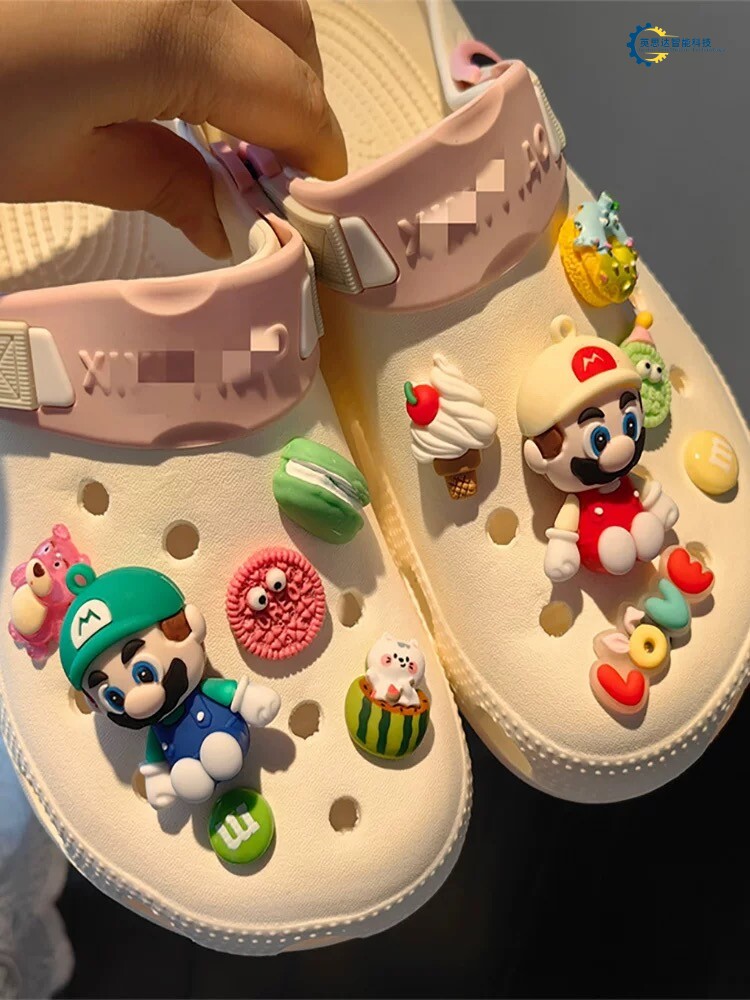
Reduce Costs with Automated Patch Making Systems
Let’s face it: manual patch production is like trying to teach a cat to fetch—slow, unpredictable, and ridiculously labor-intensive. Enter automated PVC patch making machines, the unsung heroes of cost-slashing wizardry. These mechanical marvels don’t just trim expenses; they chainsaw through them like a caffeine-fueled lumberjack. How? Let’s break it down without putting you to sleep.
First off, automation means fewer human hands in the mix—no more accidental coffee spills on your pristine patches or “creative” interpretations of design specs. Labor costs plummet faster than a Wi-Fi signal in a concrete bunker. These machines work 24/7 without demanding bathroom breaks or complaining about the office thermostat. Imagine a workforce that never asks for a raise—that’s the dream, right?
But wait, there’s more! Material waste takes a nosedive thanks to surgical-grade precision. Traditional methods often botch cuts, leaving you with more misfit patches than socks in a laundry machine. Automated systems? They’re like the Marie Kondo of manufacturing—every snip sparks joy (and savings). Less waste = more patches per roll = cha-ching for your bottom line.
And let’s not forget energy efficiency. These machines are the hybrid cars of the patch world—sip power like a fine wine, not guzzle it like a frat party keg. Over time, those energy savings stack up faster than unread emails in your inbox.
Here’s the kicker: scalable manufacturing isn’t just a buzzword. Start small, crank up production when orders flood in, and watch your ROI soar like a bald eagle with a Red Bull addiction. No need to hire/train/fire/rehire—just tweak the settings and let the machine flex its mechanical muscles.
So, while your competitors are still hand-stitching patches like it’s the 1800s, you’ll be lounging poolside, sipping something tropical, and laughing all the way to the bank. Automation: because cutting costs shouldn’t mean cutting corners.
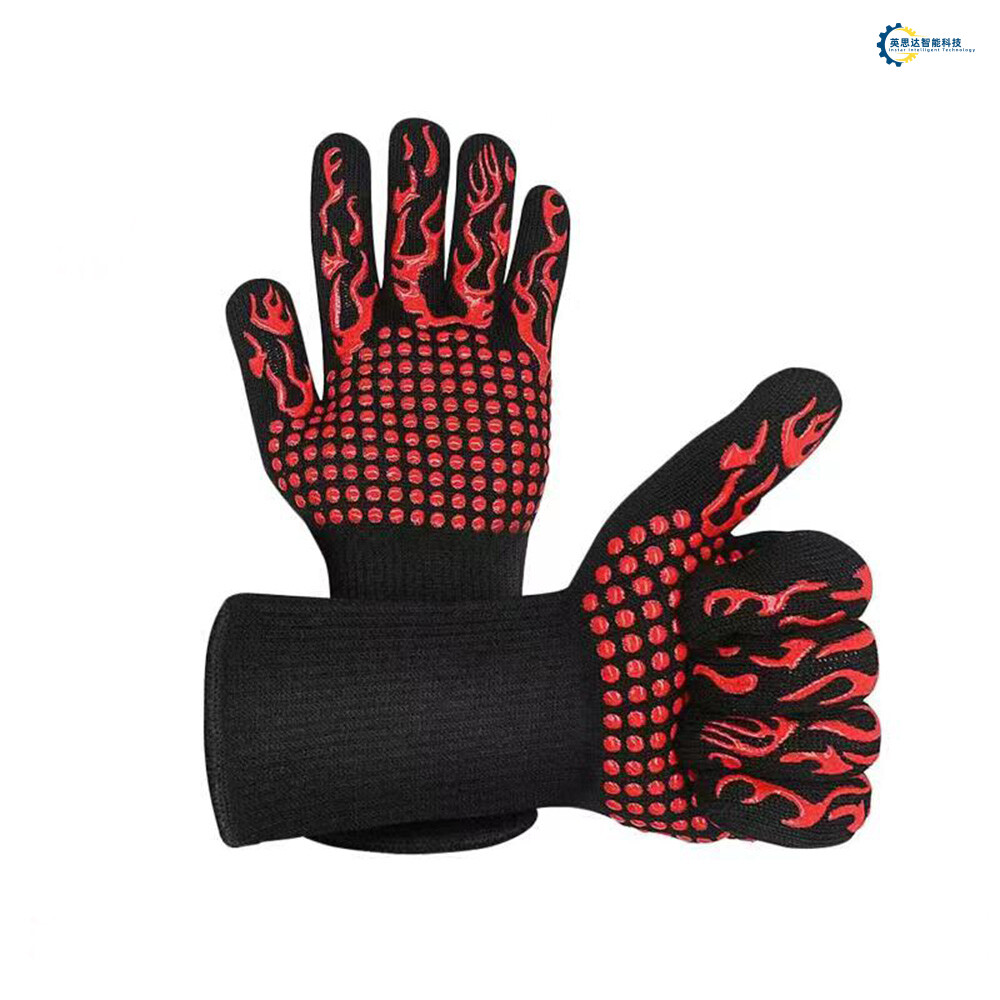
High-Quality PVC Patch Production Best Practices
Let’s face it: making PVC patches that look like they were crafted by a perfectionist robot (but without the robot’s tendency to judge your life choices) requires more than just hitting the “on” button. Think of your PVC patch making machine as a fussy chef—it demands the right ingredients, precise timing, and maybe a little flattery. Start by treating your heat sealing plates like a first-date outfit: keep them clean and wrinkle-free. A speck of dust here or a stray thread there could turn your sleek logo patch into something resembling a toddler’s abstract art project.
Next, design software is your best friend—or your worst enemy if you’re still using that free trial from 2012. Invest in tools that let you tweak custom designs down to the pixel. Imagine trying to embroider a flamingo wearing sunglasses with a butter knife. That’s what subpar software feels like. And don’t forget to calibrate cutting blades regularly. Dull blades are like trying to slice tomatoes with a spoon: messy, frustrating, and likely to end in a YouTube fail video.
For durable patches, treat your machine’s pressure settings like a Goldilocks situation. Too light, and your patches peel faster than a sunburned tourist. Too heavy, and you’ll crush the PVC into something better suited for modern art museums. And here’s a pro tip: store your raw materials in a dry, cool place. PVC doesn’t appreciate humidity any more than a cat appreciates a surprise bath.
Finally, quality control isn’t just a fancy term for “glare at things.” Spot-check patches like you’re searching for Waldo—meticulously and with mild obsession. If a patch looks off, toss it. Your customers want high-quality swag, not a consolation prize from a carnival game. Remember, a happy machine means happy patches, and happy patches mean fewer angry emails about flamingos missing their sunglasses. Keep the workflow smoother than a buttered penguin, and you’ll nail those best practices like a pro—no robot chef required.
Conclusion
So, you’ve made it to the end—congrats! If this were a PVC patch-making marathon, you’d already be sipping a victory smoothie while your automated machine churns out commemorative patches that say, “I Survived This Article.” Let’s face it: PVC patch making machines are like the Swiss Army knives of the crafting world. They slice through inefficiency, dice up production costs, and maybe even julienne your excuses for not scaling up.
Think of these machines as your over-caffeinated intern—except they never call in sick, complain about “burnout,” or accidentally glue their fingers together. With precision design techniques, they’ll crank out durable patches faster than you can say, “Wait, did we just make 500 unicorn-themed patches for a biker gang?” (Hey, no judgment—diversity is key.)
And let’s not forget the real MVP here: workflow automation. It’s like teaching your production line to do the cha-cha while you kick back and watch. Fewer errors? Check. Consistent quality? Double-check. Time saved to finally perfect your stand-up comedy routine about scalable manufacturing solutions? Priceless.
In a world where “handmade” sometimes means “glitter explosions and existential dread,” PVC patch machines are the calm, cool, and collected sidekick you didn’t know you needed. So go forth, automate like a boss, and remember—every patch you make is one step closer to world domination. Or at least a really well-organized craft room. 🎉
Frequently Asked Questions
Why should I let a machine handle my PVC patches? Can’t I just glue them myself?
Great question! Sure, you could handcraft every patch while binge-watching your favorite show, but PVC patch making machines are like having a robot chef that never burns the cookies. They automate precise designs, cut labor time by 60%, and ensure your patches don’t end up looking like abstract art. Plus, your fingers will thank you for not wrestling with glue guns.
How durable are machine-made PVC patches? Will they survive a washing machine apocalypse?
These patches aren’t just durable—they’re basically the Chuck Norris of accessories. Automated production ensures consistent thickness, color vibrancy, and resistance to fraying. Toss them in the wash, drag them through mud, or accidentally drop them in your coffee (again). They’ll still look like they just graduated from ninja training camp.
Will automating patch production cost me my entire snack budget?
Relax, you won’t need to sell a kidney. While PVC patch machines require an upfront investment, they slash long-term costs by reducing material waste and human error. Think of it as swapping your daily latte habit for a money-printing side hustle. Most users break even within 12 months—and that’s without cutting back on snacks.
Can I still get creative with designs, or am I stuck with boring shapes?
Boring? Never! These machines are like a designer’s playground. Upload anything from flaming unicorns to corporate logos, and watch the magic happen. Custom molds, intricate details, and even 3D textures are all on the table. The only limit? Your imagination (and maybe the laws of physics).
How do I maintain these machines? Do they demand daily coffee offerings?
No caffeine sacrifices required—just basic TLC. Clean the molds after each use, keep the heating elements dust-free, and avoid letting your cat “supervise” the control panel. Most machines come with idiot-proof guides, so even if you’re the type who struggles with IKEA furniture, you’ll be fine.
Are these machines eco-friendly, or should I hide them from my tree-hugging cousin?
Modern automated systems are surprisingly green! They optimize material usage, reduce energy consumption, and minimize waste. Some even recycle excess PVC. Just don’t mention the exact carbon footprint at Thanksgiving dinner.
Ready to Turn Your Patch Dreams into Reality?
Click here to chat with our PVC wizard
Whether you’re making patches for your dog’s band merch or outfitting an army of corporate warriors, we’ve got your back. (No magic spells required—just solid machines and expert advice.)
